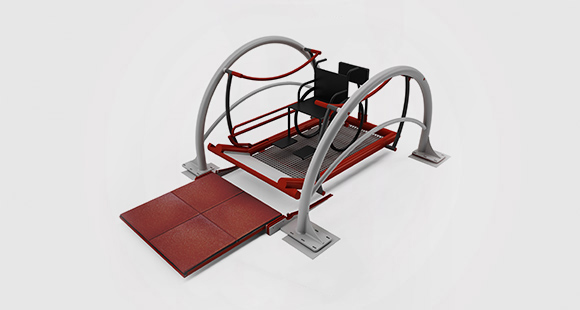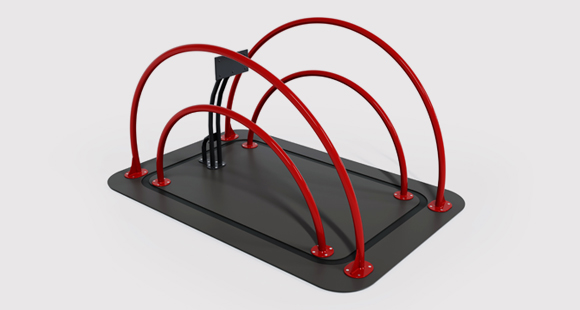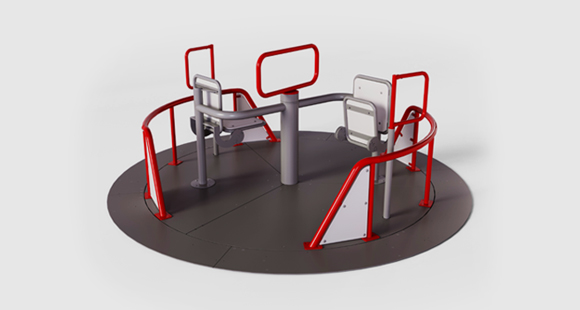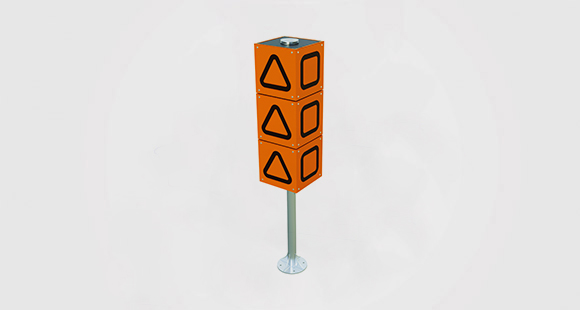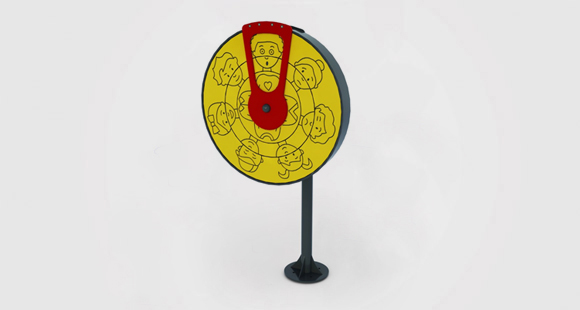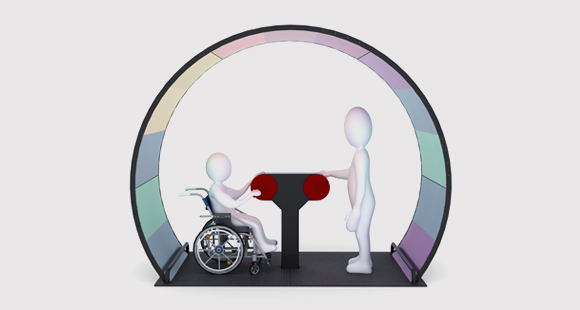Medical devices We design to help
HOW TO DESIGN AN INCLUSIVE RECREATIONAL AREA?
How to design inclusive recreational area? Find some tips how to care about needs of users with disabilities and without. Would you like to know more? Contact us!
- CHECK THE NEEDS
The location of the future playground somewhat defines which users will use it. Talk with local socjety and check, what they really need. Who will use the playground? What are they needs and demands? What can you do as the designer to create the playground which will be outstanding and safe place? Remember that the term „accessibility” does not refer only to the wheelchair users. The needs of people of all ages and levels of mobility should also be taken into account, including seniors and parents with prams. Remember that people with various types of motor disabilities have different levels of ability. Some may use the devices on their own, others need the help and presence of a caregiver, and others are not able to actively use the devices at all, which does not mean that they do not need play. In such situations, the entire operation of the device is taken over by the guardian, parent or peer.
- PLAN
Check what your budget is and whether you can get any additional funds at the planning stage. Maybe you will involve local communities, foundations or associations in this project? Determine how much time is needed to complete the project, what is the delivery time for the equipment to the manufacturers. Set a construction schedule, report the construction to the office appropriate for your location.
- DESIGN
If the area that you design is ment to be a playground, it’s design and construction must comply with EN 1176. In case of the outdoor gym the applied norm should be EN 16630:2015. Before you order any kind of equipment, make sure that you have a complete product sheets, certificates, user and installation guides.
Extra gaps
Each of the devices installed on the playground has recommended by the manufacturer security zone. The dimensions of the security zone depend on the type of device and whether it static or not.
In the playground, which is supposed to be accessible to everyone, including people with disabilities, additional spaces should be provided to leave a wheelchair, walker or rollator outside the safety zone, so that they do not endanger other participants in the game and are not left on the lines. communication.
It is adviced that when the devices require the removal of a person from a wheelchair, the caregiver must carry the person in their arms to put them on the device so he will try to drive as close to the device as possible and will certainly need a place to leave the stroller and his personal belongings in close proximity.
Surfaces
The topic would seem obvious, but still not defined enough. In a playground that meets the needs of people with disabilities and non-disabled people, the surface must take into account both mobility problems and safety, as well as the information and communication function for the people with vision disorders.
Whether the user will be able to enter the playground at all depends on the surface, it’s quality and width.
Pavements must be of an appropriate width - more on this subject is worth checking in the accessibility standards developed for specific cities.
In terms of texture and color, surfaces can additionally serve as information (grouping devices functionally or in zones) and communication (especially for visually impaired people - lines leading in a logical way through subsequent zones, warnings against danger, end of zone, end of the playground).
ATTENTION!
Unfortunately, a common mistake is the installation of devices that allow a person to use a wheelchair, on a loose surface (sand, aggregate) or on grass, thus preventing access!
Zone logic
Connecting activities into one zone in the playground has many advantages. It organizes the playground space and gives logical organization for the zones for ex. of active play, noise/silence, progress, difficulties gradation, sensory zone, nature zone and space dedicated for certain age of children.
Thanks to such organization, it is possible to reconcile the needs of many groups, giving the possibility to choose the best, depending on the needs and mood. Children in need of activity, movement, will choose a zone with mobile devices, where usually a lot is going on and there is noise. Autistic people or children who give up this type of activity will feel better in a quiet zone equipped with sensory devices. Parents or guardians, also those who may have mobility limitations, will find themselves in the shaded rest area, which, however, ensures good visibility and the possibility of observing children while playing.
Various levels of difficulty
The installation of devices and the organization of space in a way that allows the choice of the difficulty of play gives space for use by children of different ages and with different levels of physical and intellectual fitness. Therefore, it is worth choosing devices that will be easy to use and more difficult.
The playground equipment, which is accessible, cannot be intended only for non-disabled persons or only for disabled persons. This is a very common mistake made by designers who want to design an accessible device on the playground and choose one that is intended only for people with disabilities. It is worth remembering that very often people with disabilities are not able to use such a device on their own, and the manufacturer does not provide the possibility of helping each other and having fun together because there is not enough space of lack of access from outside of the device.
In this way, we multiply the problem because, apart from excluding people with disabilities, also people without disabilities, who should not be allowed access to devices not intended for them, are also excluded. In practice, no one is able to monitor and enforce it. So, unfortunately, there are accidents at playgrounds.
Fun
Children come to the playground primarily to play. Regardless of your fitness level, it's still the same. Hiding the rehabilitation function in devices must therefore be skillful so that it does not involve too much difficulty and monotony.
- ASSEMBLY
Secure the construction site, outsource supervision and execution to professionals. Supervise the execution in terms of compliance with the design and the elimination of assembly errors and compliance with the standard (maintaining safety zones). Make sure the area is properly cleaned after completion of works and the condition of plants in the area under construction and in its close vicinity.
- 5. ASK FOR NORM COMPLIANCE TEST
The equipment of the playground, in addition to having a certificate of compliance with the relevant standard, must also be integrated in a way that takes into account the recommendations of the standards. From 2018, every newly constructed playground is required to undergo acceptance in terms of compliance with the standard. Acceptance must be entrusted to a certified auditor from a company specialized in playground audits.
Make sure you have the product data sheets, the certificates for the installed devices and the inspection and maintenance recommendations.
- 6. CONTROL AND CARE
The owner of the playground should notify the documentation in the form of the Playground Control Sheet which will include the inspection plan, inspection schedule, description of the procedure to be followed in the event of a breakdown, accident or fire, inspection documentation for 3 types of inspection: regular, functional and basic. Keep the playground in order, regular inspections and maintenance of devices in accordance with the manufacturer's recommendations and the greenery located on the playground. If your playground is in an area prone to vandalism, consider installing video surveillance.



